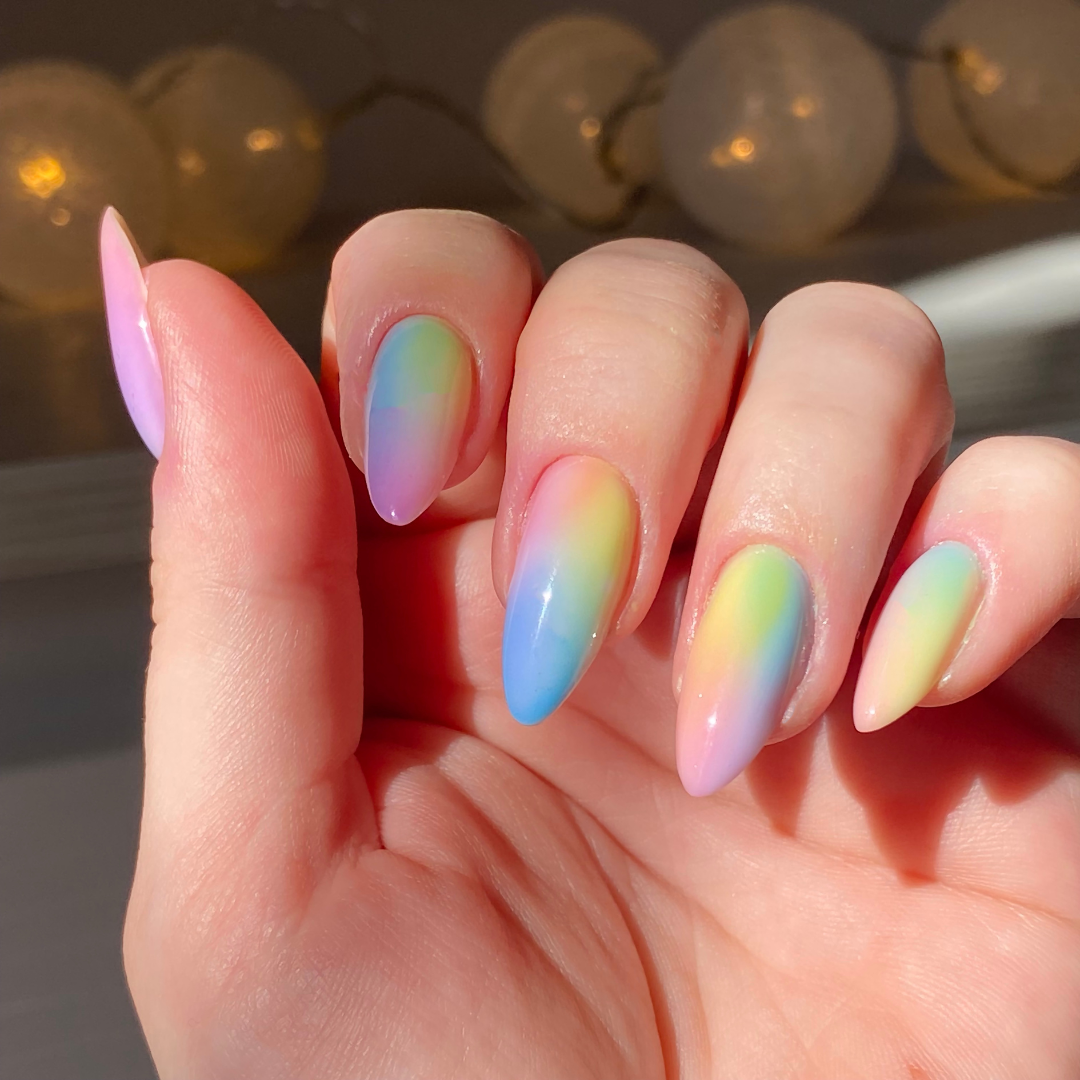Are gel and acrylic nails safe and are they appropriate for clinical dental team members?

By Olivia Wann
Gel nails and acrylic nails continue to be popular in today’s world. This article explores the safety of gel and acrylic nails and whether these trends are appropriate for clinical dental team members.
Unfortunately, adherence to hand hygiene among healthcare providers is only estimated between 20 – 40%.[1] Non-compliance with hand hygiene has been a major contributor to outbreaks of infection according to CDC in healthcare settings.
CDC further reports, “Hand carriage of gram-negative organisms has been determined to be greater among wearers of artificial nails than among non-wearers, both before and after handwashing. In addition, artificial fingernails or extenders have been epidemiologically implicated in multiple outbreaks involving fungal and bacterial infections in hospital intensive-care units and operating rooms.”[2]
CDC recommends that natural nail tips are less than ¼ inch long and healthcare providers should not wear artificial or extensions when having contact with high risk patients such as those in intensive-care units or operating rooms. The reason is due to the fact that germs can live under artificial fingernails despite handwashing or application of alcohol-based hand sanitizer.
As a matter of fact, artificial nails in healthcare have been linked to various outbreaks of infection due to gram-negative bacilli such as Pseudomonas aeruginosa, Serratia marscescens, Klebsiella pneumoniae and Candida albicans.[3]
We suggest addressing fingernails in the Employer’s Handbook in the attire section. As part of the onboarding process of new hires, the new team member should review the entire handbook on company time and sign an Acknowledgment of these policies. The subject matter can also be addressed in the Infection Control Policy for the dental office.
Aside from the risks to patient care, what about the risk to you personally? The area of concern for wearing artificial nails is the lack of proper infection control in the nail salon. Tools may not be properly sanitized between clients in some nail salons. Clients “dip” their nails into shared containers which is the process for “gel dip” nails. Several years ago, a woman experienced a cut on her finger while the nail tech was filing her nails followed by the gel dip. Her nails started to swell and bleed. She was diagnosed by a dermatologist as having a nail fungus.[4] One dermatologist indicated when filing of the nails and if the sandpaper touches the skin and/or the cuticle around the nail, an infection may result.
If you go to a nail salon, look around and assess the surroundings. Are the tools being used on a client and then merely wiped off and placed back in the drawer or container, or are the tools placed properly sterilized? When a client’s services are completed, is the countertop properly disinfected and the tech’s hands washed, or do they simply bring back the next customer? Do you see the nail techs licenses properly displayed?
One dermatologist recommended bringing your own pumice stone or emery board and tools.[5] If you suffer with poor circulation or diabetes, avoid going to a typical nail salon and consider getting a medical pedicure at a podiatrist office instead.
Despite style trends, the goal in healthcare is to provide safe care to our patients. Additionally, if we are accessing services such as manicures/pedicures, we expect the delivery of safe care. Any deviation can result in infection.
[1] Can J Infect Dis Med Microbiol. 2021; 2021: 8860705.
Published online 2021 Jul 17. doi: 10.1155/2021/8860705 accessed: https://www.ncbi.nlm.nih.gov/pmc/articles/PMC8313351/#:~:text=However%2C%20the%20presence%20of%20frequent%20nosocomial%20infections%20indicates,has%20been%20estimated%20at%2020%E2%80%9340%25%20%5B%2011%20%5D
[2] https://www.cdc.gov/mmwr/PDF/rr/rr5217.pdf
[3] https://www.ajicjournal.org/article/S0196-6553(02)59151-3/abstract
[4] https://www.health.com/condition/skin-conditions/dip-powder-manicure-infection
[5] https://www.tmc.edu/news/2019/01/nail-hygiene-are-manicures-and-pedicures-worth-the-health-risks/




